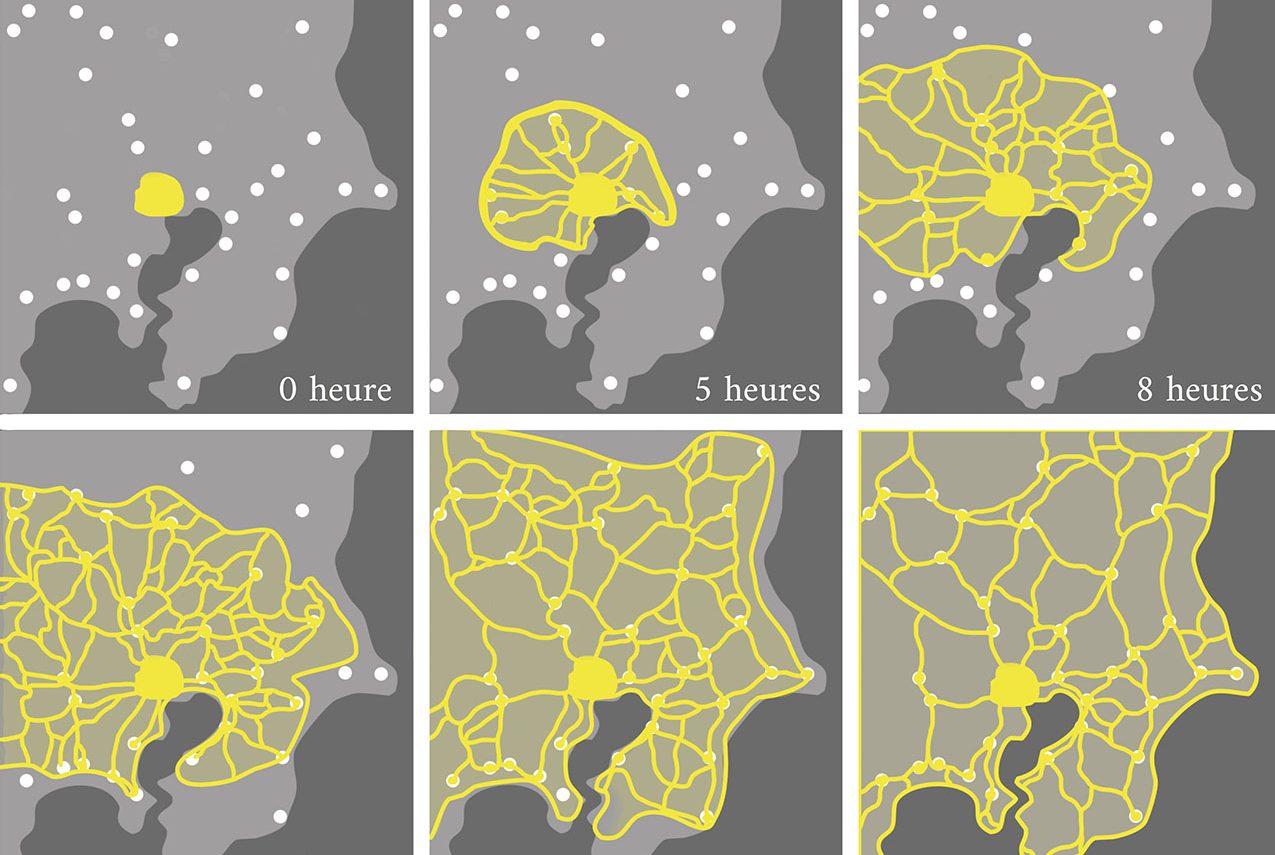How Japan Used Oats And Mold To Make Its Subway System More Efficient

Japan is known for having one of the most complex yet efficient train systems. Not only does its railways span nearly 20 thousand miles, according to Culture Trip, its Shinjuku Station is the busiest in the world. As you can imagine, to make it run smoothly required an impressive level of engineering genius.
Funny enough, as amazing as Japan’s train system is, a 2010 experiment discovered a way to make it even more efficient. Researchers from Japan and England used a slime mold, which is a type of brainless single-celled fungi with a special ability to spread and establish connective networks. The experiment involved arranging oat flakes to match the layout of Japanese cities around Tokyo. The team’s findings were remarkable.
Without any prompts, the slime mold developed a network that resembled Japan’s railway system. Study coauthor Mark Fricker of the University of Oxford shared with Wired, “The slime mold has no central brain or indeed any awareness of the overall problem it is trying to solve, but manages to produce a structure with similar properties to the real rail network.” The slime mode could potentially help to design more efficient and adaptable networks.

Called Physarum polycephalum, it’s a yellow-colored single cell slime mode that surrounds separate food sources and grows a tunnel that creates a distribution network for nutrients. Initially, the slime mold grew evenly around each flake as it explored its unfamiliar territory. After a few hours, the pattern began to refine, and distinct tunnels began to form between each oat flake. Around 24 hours, the slime mold had constructed a system nearly identical to Japan’s.
“There is a remarkable degree of overlap between the two systems,” Fricker added. Using the slime mold, the team created a biology-inspired mathematical description of how it’s structured. With such adaptability, the slime mold system can potentially help create networks that evolve with time. It can also help researchers better learn how the body adapts to certain conditions.






















